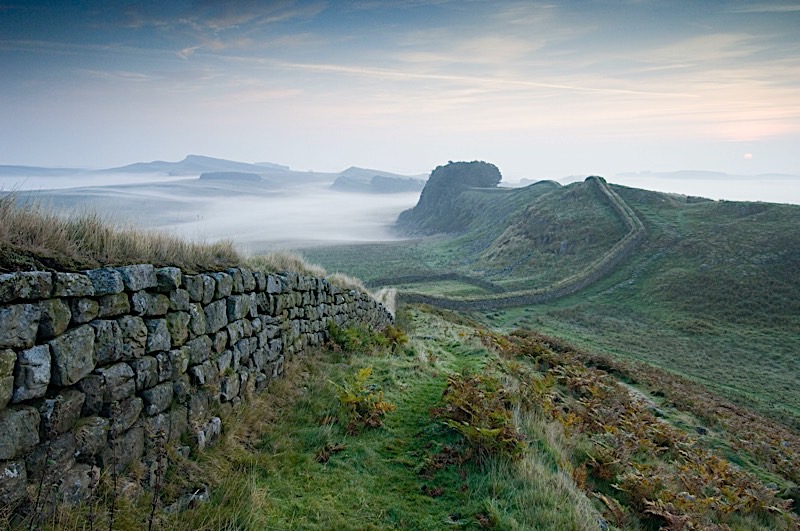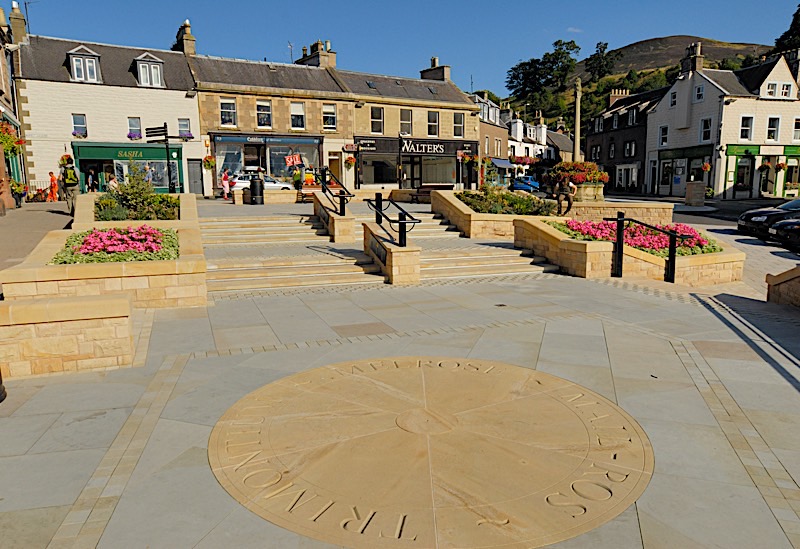
Entwined into the borderlands rich history, still as large as life, it’s the R word – for Romans and Reivers – that continues to reign supreme.
The legacy left behind by the Romans, who marched north from Corbridge to the Solway Firth, is unparalleled; a network of forts and settlements that are still giving up their secrets, crowned by Hadrian’s Wall, a magnificent UNESCO World Heritage Site.
The Roman Wall stretches over 70 miles from the Solway Firth to Wallsend on the River Tyne and links a collection of well preserved forts and camps including Birdoswald, Housesteads, Chesters and Vindolanda.
In 2003, a National Trail was opened that follows the line of the wall from Wallsend to Bowness-on-Solway, a walk that weaves through the magnificent Northumbrian countryside and on to Cumbria.
The route north from Corbridge to the Firth of Forth at Edinburgh was the Roman road of Dere Street, sections of which are still clearly in evidence, particularly in the Scottish Borders, where the most significant Roman presence is found at Trimontium, a major fort and settlement near Melrose.
Trimontium was abandoned after an inconclusive campaign into Scotland led by the Emperor Septimius Severus in 210AD and, like all of the region’s rich Roman legacy, has secrets waiting to be discovered.
It is commemorated with the Trimontium Museum in Melrose
A thousand years on and another borderlands legend was stirring – the Border Reivers.
The line of the Scottish English border, set and agreed in the 13th century, was a minor distraction for the Reivers who held a tight and bloody grip on local life for nearly 300 years.
They raided and plundered as far south as Durham and Carlisle as the borderlands became the badlands and the Reivers a byword for ruthlessness.
We have James the Vl of Scotland (and First of England) to thank for destroying the power of the Reivers, doling out plenty of rough justice of his own along the way.
Today the Borders Reivers reputation lives on in local folklore and and is marked with an annual festival at Hawick in the Scottish Borders…thankfully a peaceful and jovial affair.
